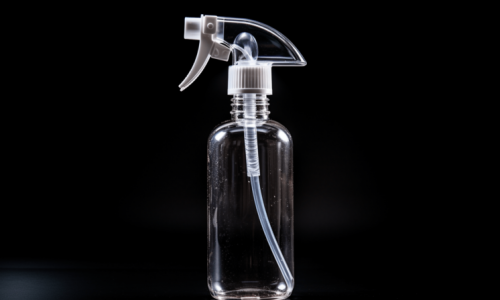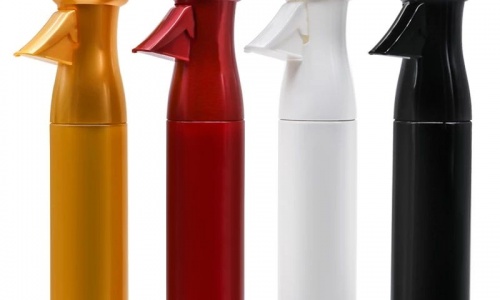
This detailed explanation provides a comprehensive overview of how spray bottles pump fluid, breaking down the mechanism into its various components and highlighting the crucial role of one-way valves. The reciprocating piston pump design is elucidated, drawing parallels between the operation of a spray bottle pump and other applications, such as the human heart.
Trigger Lever And Pump:
- Trigger lever activates a small pump.
- Pump is attached to a plastic tube drawing cleaning fluid from the reservoir.
- Pump forces liquid down a narrow barrel and out through the nozzle.
Fluid Pump – Reciprocating Piston Pump:
- Main moving element is a piston inside a cylinder.
- Small spring inside the cylinder.
- Pulling the trigger compresses the spring, pushing the piston into the cylinder.
- Releasing the trigger allows the spring to push the piston back out.
One-Way Valves:
- Two one-way valves in the pumping system: one between the pump and the reservoir, and one between the pump and the nozzle.
- Valve between pump and reservoir typically consists of a tiny rubber ball and a seal.
- Second valve between pump and nozzle is a cup fitting over the end of the barrel.
Operation Of One-Way Valves:
- Valve between pump and reservoir opens when the piston moves out (trigger released), allowing fluid to flow from the reservoir.
- Valve closes when the piston moves in (trigger squeezed), blocking off the passageway to the reservoir.
- Valve between pump and nozzle prevents air from flowing in during the upstroke and allows fluid to flow through during the downstroke.
Shut-Off System:
- The valve cup in the nozzle serves as a shut-off system.
- Screwed-in nozzle piece tightens the valve cup against the barrel, preventing liquid flow.
- Loosening the nozzle piece allows room for the valve cup to move back and forth, enabling fluid flow.
Initial Pumping And Air Removal:
- Initial trigger pulls are needed to initiate pumping as the piston may start in the downstroke position.
- Initial upstrokes remove air from the plastic tube leading to the reservoir.
Reciprocating Piston Pump Design:
- Commonly used for various tasks such as pressurizing water, air, and other fluids.
- Used for extracting water and oil from underground.
- Analogous to the reciprocating pumps in the human heart.






